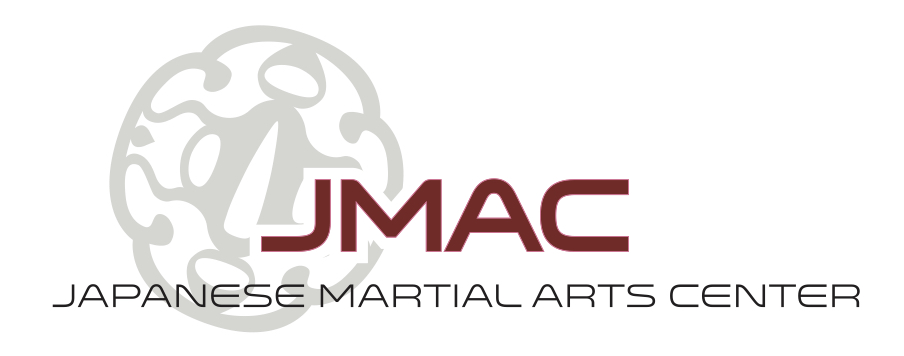What is jujutsu? In the 21st Century, the term "jujutsu" - also sometimes spelled "jujitsu" or "jiu jitsu" has many meanings. The historical roots of the martial art you are studying can have a huge effect on exactly what you practice when you study jujutsu. It's fair to say that there are Japanese jujitsu systems - both ancient and modern - Brazilian jiu jitsu systems, and jujutsu systems that hail from other non-Japanese areas. For a general discussion about jujitsu that is pretty good, take a look at the Wikipedia for jujutsu.
Jujutsu is a Japanese word, so, as you might expect, the original martial art hailed from Japan. The word referred to many old hand-to-hand fighting systems, sometimes called "family" jujutsu systems, that were developed for use in battle when Samurai warriors came to grips with one another. The systems included strikes, throws, joint locks, and pins, and often many lethal techniques. The skills were passed on within a group, kept secret so as not to fall into the hands of enemy warriors. "Ancient jujutsu" or "koryu jujutsu" refers to these old systems.
Modern Japanese jujutsu usually refers to jujutsu systems that arose during or after the Meiji Restoration. They are derived from the older family systems and include many of the same techniques, but are usually more oriented toward physical fitness, self-defense, and character development, and less toward lethality. One of the most prominent modern jujutsu systems was founded by Sato Shizuya of the Kokusai Budoin. It's called Nihon Jujutsu ("Japanese jujutsu") to distinguish it from modern systems created outside of Japan. More information about Nihon Jujutsu can be found on the Nihon Jujutsu website. The founder's dojo is at the American Embassy Housing Compound in Tokyo, and you can visit the website by clicking here.
Brazilian Jujitsu refers to systems of grappling, also descended from Japanese jujutsu, that were synthesized in Brazil. The most famous system was founded by the Gracie family. These systems focused primarily on groundwork (grappling), including pins, immobilizations, chokes, and other submissions. In modern mixed martial arts, striking has been added to the practice, but originally these systems did not emphasize strikes. As a result of their intense focus on groundwork, the Brazilian systems have developed many very effective variations on the skills that had their origins in Japan.
You will also hear about systems called "American Jujitsu," or sometimes "American Goshin-jitsu." These systems can be composed of a variety of techniques, many times including the strikes from karate, savate, or boxing, the throws from judo, and the grappling skills and submissions from Japanese or Brazilian Jujitsu. Unfortunately, the founders of these systems have not always spent enough time learning their craft before creating their own art, but there are some that are exceptionally good, such as the Small Circle Jujitsu of Professor Wally Jay.
At the Japanese Martial Arts Center in Ann Arbor, we focus on Sato Sensei's Nihon Jujutsu. This system is an excellent method for developing physical fitness, self-defense skills, and an internal calmness. The structured, progressive curriculum allows students to focus on techniques that suit their abilities, gradually increasing both the number of skills they know and deepening their knowledge and ability with skills they have previously learned. Our sprung floor takes away much of the concern about falling, and the cooperative attitude of our students helps each person learn safely and quickly. If you are interested in learning one of the most highly regarded modern jujitsu ("Jujutsu") systems in the world, and you live anywhere near Ann Arbor, consider joining the Nihon Jujutsu program at the Japanese Martial Arts Center.

1 comment:
Hi
Jujutsu is a very ancient art but still effective.
Thanks to you for giving such a deep knowledge about jujutsu.
Post a Comment